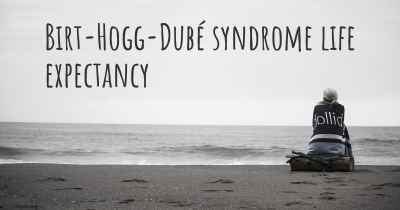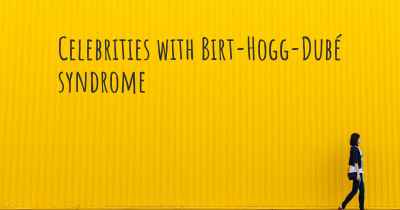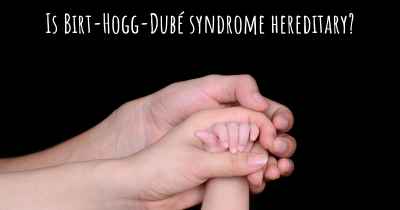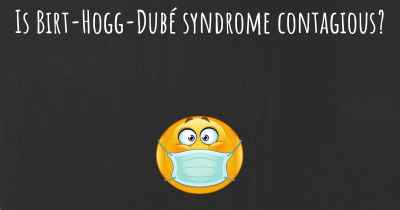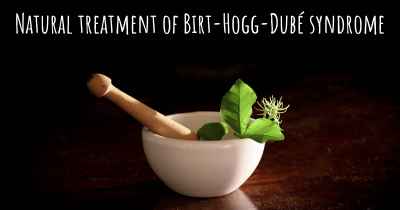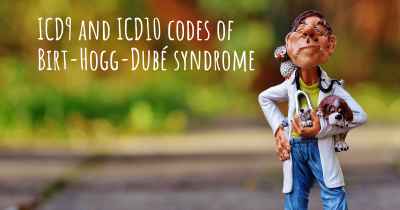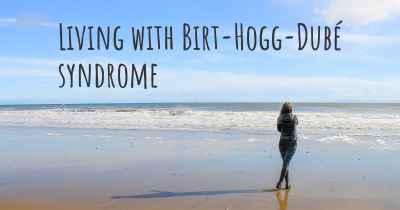How is Birt-Hogg-Dubé syndrome diagnosed?
See how Birt-Hogg-Dubé syndrome is diagnosed. Which specialists are essential to meet, what tests are needed and other useful information for the diagnosis of Birt-Hogg-Dubé syndrome
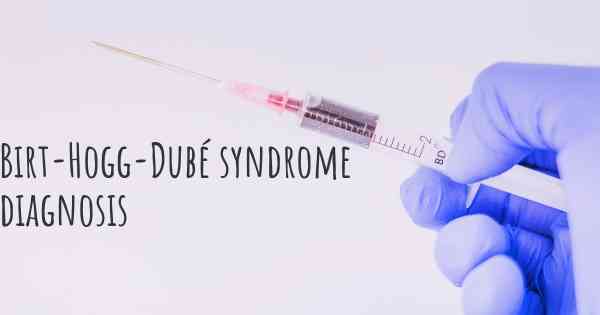
Diagnosis of Birt-Hogg-Dubé Syndrome
Birt-Hogg-Dubé syndrome (BHDS) is a rare genetic disorder characterized by the development of benign skin tumors, lung cysts, and an increased risk of certain types of kidney tumors. Diagnosing BHDS can be challenging due to its variable presentation and overlap with other conditions. However, a combination of clinical evaluation, imaging studies, and genetic testing can help confirm the diagnosis.
Clinical Evaluation
The initial step in diagnosing BHDS involves a thorough clinical evaluation by a healthcare professional. The doctor will review the patient's medical history, assess their symptoms, and perform a physical examination. The presence of specific clinical features associated with BHDS can raise suspicion for the syndrome. These features include:
- Fibrofolliculomas: Small, dome-shaped skin tumors typically found on the face, neck, and upper body.
- Pulmonary cysts: Air-filled sacs in the lungs that can be detected through imaging studies.
- Spontaneous pneumothorax: The sudden collapse of a lung without any apparent cause.
- Renal tumors: Certain types of kidney tumors, such as chromophobe renal cell carcinoma and oncocytoma.
Imaging Studies
Imaging studies play a crucial role in the diagnosis of BHDS. They help visualize the characteristic features associated with the syndrome and aid in ruling out other conditions. The following imaging modalities are commonly used:
- High-resolution computed tomography (HRCT) scan: This imaging technique provides detailed images of the lungs and can identify the presence of pulmonary cysts. HRCT scans can also help detect other lung abnormalities that may be associated with BHDS.
- Magnetic resonance imaging (MRI): MRI scans are useful in evaluating the kidneys for the presence of tumors. They can help differentiate between different types of renal tumors and guide further management.
- Ultrasound: Ultrasound imaging may be performed to assess the kidneys and detect any abnormalities or tumors. It is a non-invasive and cost-effective imaging modality.
Genetic Testing
Genetic testing is the definitive method for confirming a diagnosis of BHDS. It involves analyzing the patient's DNA for mutations in the Folliculin (FLCN) gene, which is responsible for the development of BHDS. Genetic testing can be performed using a blood sample or other tissue samples.
There are several techniques used in genetic testing, including:
- Sanger sequencing: This method involves sequencing specific regions of the FLCN gene to identify any mutations. It is a widely used technique and can detect most types of mutations.
- Next-generation sequencing (NGS): NGS allows for the simultaneous sequencing of multiple genes, including FLCN. It is a more comprehensive approach and can detect a wider range of genetic alterations.
- Deletion/duplication analysis: This technique aims to identify large-scale deletions or duplications within the FLCN gene that may be missed by sequencing methods.
Genetic Counseling
Once a diagnosis of BHDS is confirmed, genetic counseling is recommended for the patient and their family members. Genetic counselors provide information about the inheritance pattern of BHDS, the risk of passing the condition to offspring, and available options for managing the syndrome. They can also facilitate genetic testing for at-risk family members.
Conclusion
Diagnosing Birt-Hogg-Dubé syndrome involves a combination of clinical evaluation, imaging studies, and genetic testing. The presence of characteristic clinical features, such as fibrofolliculomas, pulmonary cysts, spontaneous pneumothorax, and renal tumors, raises suspicion for BHDS. Imaging studies, including HRCT scans, MRIs, and ultrasounds, help visualize these features and aid in ruling out other conditions. Genetic testing, particularly sequencing of the FLCN gene, is the definitive method for confirming the diagnosis. Genetic counseling is crucial for individuals diagnosed with BHDS and their family members to understand the inheritance pattern and available management options.
Posted Mar 4, 2017 by Keith 1002
Posted Mar 4, 2017 by BillD 1053
